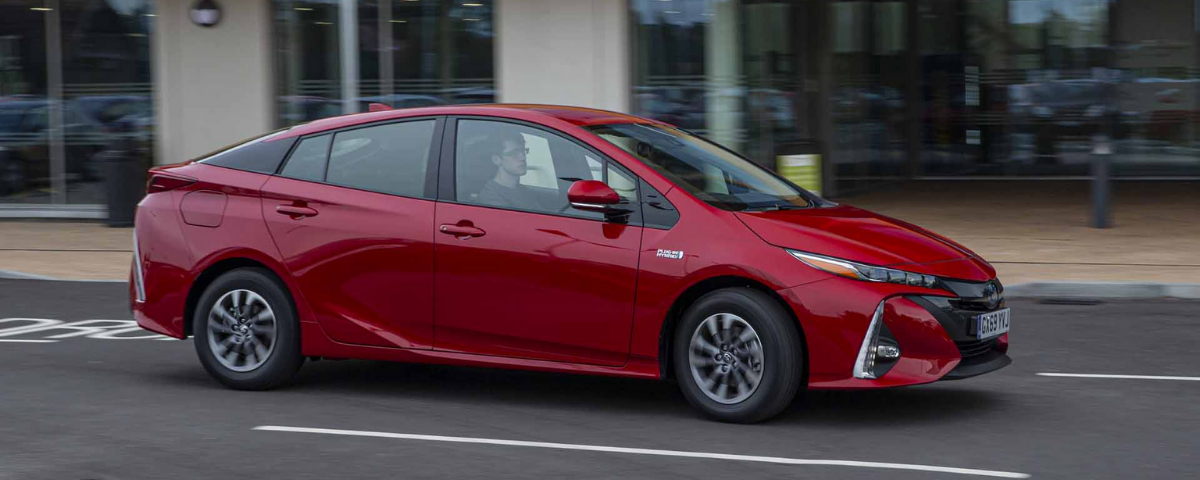Oil and green energy may seem like polar opposites, and in many ways they are. One causes devastating environmental destruction when extracted and burned and is set to destroy our planet’s ecological system irreversibly if we don’t stop using it. The other produces no emissions once established and could power our planet cleanly for centuries to come, with far fewer ill-effects on the environment. No point in guessing which is which. However, both are buzzwords at the moment, and both have increased in popularity in the past year. At the same time, both sectors employ millions of highly-skilled workers, making them both vital to the global economy and people’s livelihoods.
The debate between oil and green energy is one that has gone on for decades, with many claiming one is better for the environment and others claiming the other is. It’s something that has been talked about in the media for years, and, in recent years, has become a heavily argued political issue in the United States. Since the Trump administration has come and gone, climate change denial has made matters even worse.
We know that oil and green energy like Uranium Mining and solar energy can co-exist for a while, but are they both sustainable, or should we focus on one over the other? The answer is a bit complicated, and the truth is that we’re still in the early stages of figuring out the best long-term solutions. Can we have oil and green energy? Yes. Are they both sustainable? No. Is one more sustainable than the other? Yes, but there are nuances. The global economy is wrapped up in the price of oil, with hundreds of companies invested in oil fields, making our reliance on fossil fuels very hard to unwind. Businesses and industries may follow sustainablity compliance rules while establishing the company with the help of consulting firms (learn more about phase 1 environmental site assessment cost), yet their dependency on fossil fuels may highly impact the environment.
Oil is a finite resource that will run out one day soon, and the more we use it, the faster it’ll go. We use oil because it has a high energy per weight, and it’s relatively easy to extract once infrastructure is in place. The price of setting up an oil field is extremely high compared to green energy infratructure, but established global energy systems are already set up to use oil, so nothing needs changing to keep using it as a fuel. Companies also only need to drill the site and move the oil through the pipelines by pump stations along the pipeline to get it where it needs to be. Again, most of these pipelines are already established, but new pipelines are expensive.
Moreover, compared to the extraction process of other fossil fuels, it is easier to source equipment like double block and bleed valves (search for ORBIT Ball Valve on the Internet to learn more about this) for oil production. These help with maintenance as they can be used to easily close down a section of piping to carry out repair work, making repairs relatively simple.
The risk of an oil spill is great, however, and just one small spill risks environmental catastrophe. The Deepwater Horizon in 2010 is a good example of what can happen when oil spills on a large scale, but the company responsible, BP, still operates today and makes billions of US dollars per year. Even on a domestic scale, oil spills can be dangerous. Spilling oil from a tank at home can kill wildlife, pets and small children who come into contact with it, which is why having a spill kit from somewhere like STOREMASTA is so important. It is also illegal to let oil run into public watercourses, showing just how serious contamination can be.
Ironically, the climate change that burning oil is causing is also destroying the global pipeline network. Thousands of miles worth of pipeline is laid on the permafrost in Canada and Russia, and as the permafrost melts due to higher temperatures, the pipelines collapse, leaking oil into the natural environment. This oil is then lost and cannot be re-extracted, showing how wasteful the oil industry really is. With oil being a finite resource, we need every drop that we can get if we wish to continue using it.
On the other hand, green energy is an infinite resource that we can theoretically keep using forever. The wind will always blow, the sun will always shine and the water will always flow. None of these natural resources will ever run out, and none of them produce any carbon emissions. Of course, the initial expenditure to establish a clean energy network is expensive, but the same could be said of oil infrastructure when that was established during the 19th century. And whilst manufacturing green energy equipment like wind turbines and solar panels does use finite resources like gallium and cadmium, these resources can be recycled at the end of the equipment’s life. Of course, the carbon footprint of building green infrastructure cannot be ignored, but establishing new oil fields has an even larger footprint. Just look at the Athabasca tar sands in Alberta…
Politically, oil and green energy are two of the most controversial topics of today. Governments do not want to anger their investors who have their fingers in a lot of oily pies, but they also want to keep voters happy by showing they’re doing something to help the planet. Without their investors, many governments simply could not afford to run their countries. However, without their voters, many governments would simply not be voted into power. Obviously, this does not apply to dictatorships, like the oil giants Russia and Saudi Arabia, as they do not care what the electorate thinks. Countries like these are set to continue exporting the oil they produce to keep their investors happy. Arguably, these countries do contribute greatly to the global economy, but the regimes in place there also oppress millions of normal people.
However, it is worth noting that China, a country that is not exactly known for its democratic policies, is moving independently towards green energy. Green infrastructure has come down in price massively in recent years, making it much cheaper to invest in. Over time, economic trends show that this reduction in price will accelerate, making green infrastructure the obvious option when looking for cheap energy.
It can be said that oil is an excellent source of energy that produces a host of benefits, so it’s no surprise that it’s an important part of our daily lives. No matter how many solar panels and wind turbines are installed, it’s hard to match the output that oil can generate. Wind and solar are not necessarily as reliable as oil either, with the wind sometimes dropping too low or rising too high for turbines to run. The same applies to solar panels, with cloudy days presenting particular problems. There are many limitations to the amount of energy we can produce on a global scale to make green energy viable by itself.
It’s no secret that green energy is in high demand. It’s also not a secret that oil and natural gas remain the most valuable and reliable energy sources despite green energy’s growing demand. This is a problem, to say the least. There are two ways to boost the demand for green energy: increase its supply and make it cheaper to use. In the oil industry, companies have been doubling down on the second of these strategies, which is where the debate over whether oil and green energy can exist together comes in.
One of the most oft-cited counterpoints to the notion of clean energy is the Inconvenient Truth movement’s assertion that oil and coal are necessary to fuel the modern industrialized world. If the developed world was allowed to use oil during the Industrial Revolution, why can’t developing countries use it now? Oil could potentially help developing countries to develop faster, helping them catch up with the developed world. This movement against the use of fossil fuels has been a major player in the global move away from fossil fuels, but is it true? According to a new analysis by the Institute for Energy Research (IER), the answer is no. If we are to rely on the current trajectory of global energy policy, then we are also doomed to rely on oil and coal for energy for a long time to come.
There is a growing movement claiming that the two are mutually exclusive when it comes to energy production. Despite the facts, it is difficult to talk about oil without talking about natural gas and vice versa. In the past thirty years, the two main resources behind the economic growth of the United States have become less competitive. In the past year, the price of natural gas has fallen below the price of oil for the first time in the history of the United States. This is a reality that should not be ignored. Renewable energy is on a similar trajectory, showing how, in the long-term, alternatives to oil are the more sustainable option.


